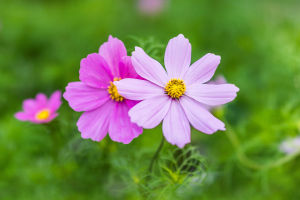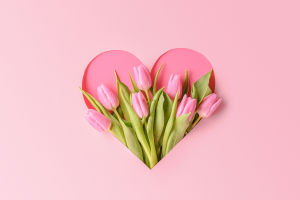We all want a little “wow” factor in our garden, right? Let’s meet a show-stopper that’s been quietly making waves in yards and parks around the world: Allium hollandicum, also nicknamed the Persian onion.
With its perfect globe of violet-purple flowers, it’s both elegant and fun—a real conversation starter for guests and fellow garden lovers alike.
This flower isn’t just a pretty face. It’s strong, easy to care for, and attracts pollinators like a magnet. Ready to find out why this little purple ball deserves a place in our gardens?
What Makes Allium hollandicum So Special?
Imagine a tall green stalk—slim, upright, and topped with a neat ball of tiny star-shaped purple flowers. That’s the charm of Allium hollandicum. Each spherical bloom can reach 4 inches across, made up of dozens of tiny blossoms that sparkle in the sunlight. They stand proudly on stems up to 35 inches tall, rising above other plants for a stunning layered look.
The leaves are flat, long, and ribbon-like, growing up to 24 inches. These leaves begin to fade around blooming time, letting the flowers take the spotlight.
When and Where Does It Bloom?
We’ll usually see these blooms pop out in late spring to early summer—think May or June. This timing makes them perfect partners for early roses, peonies, or ornamental grasses. They thrive in places that get a lot of sun and prefer moist, rich soil that drains well.
Though native to parts of Central Asia, this plant has happily settled in gardens around the world. It’s even been spotted growing naturally in places like Minnesota!
Let’s Talk About the ‘Purple Sensation’
This isn’t just any flower—it’s a celebrated one. The cultivar ‘Purple Sensation’ is the most famous version of Allium hollandicum and has earned high praise from gardening experts. It won the Royal Horticultural Society’s Award of Garden Merit for being reliable, beautiful, and easy to grow.
Its color is bold but not too flashy, making it a great match for other plants. It adds height, shape, and a burst of purple wherever it’s planted.
How Can We Grow It Successfully?
Planting this flower is surprisingly simple. We just need to:
- Plant bulbs in fall, about 4-6 inches deep.
- Choose a sunny spot with good drainage.
- Use nutrient-rich soil, and water as needed—especially during dry spells.
Once planted, they don’t need much attention. After the flowers fade, we can let the leaves stay until they turn yellow. This helps the bulb store energy for next season’s growth.
For the best visual impact, plant in clusters of 5 or more bulbs. This makes the blooms look fuller and more eye-catching.
Garden Benefits Beyond Beauty
This plant isn’t just nice to look at—it’s a pollinator magnet! Bees and butterflies love the flowers, which helps boost the health of the entire garden. Plus, it’s naturally resistant to deer and rabbits, so we don’t have to worry too much about garden pests.
Even better? The flower heads dry beautifully and can be used in floral arrangements or left in the garden for an artsy, sculptural look.
Tips Before You Buy
You can find Allium hollandicum bulbs at most garden centers in late summer or early fall. Look for bags labeled ‘Purple Sensation’—they’re the most common and most loved. One bulb usually costs around $1 to $2, making them an affordable way to bring luxury into the garden.
Let’s Brighten Up Our Gardens Together
We’re always looking for plants that are beautiful and easy to care for. Allium hollandicum hits that sweet spot. With its dramatic purple globe, long stems, and fuss-free nature, it brings a pop of excitement to any garden space.
So Lykkers, are you ready to give your garden a fresh, bold twist? Let’s bring home a few bulbs this season and enjoy their magic together. Have you seen or grown these before? Drop us a comment—we’d love to hear your gardening stories!
Spring flowers - alliums and their perfect plant companions in the garden
Video by Garden with Marta


